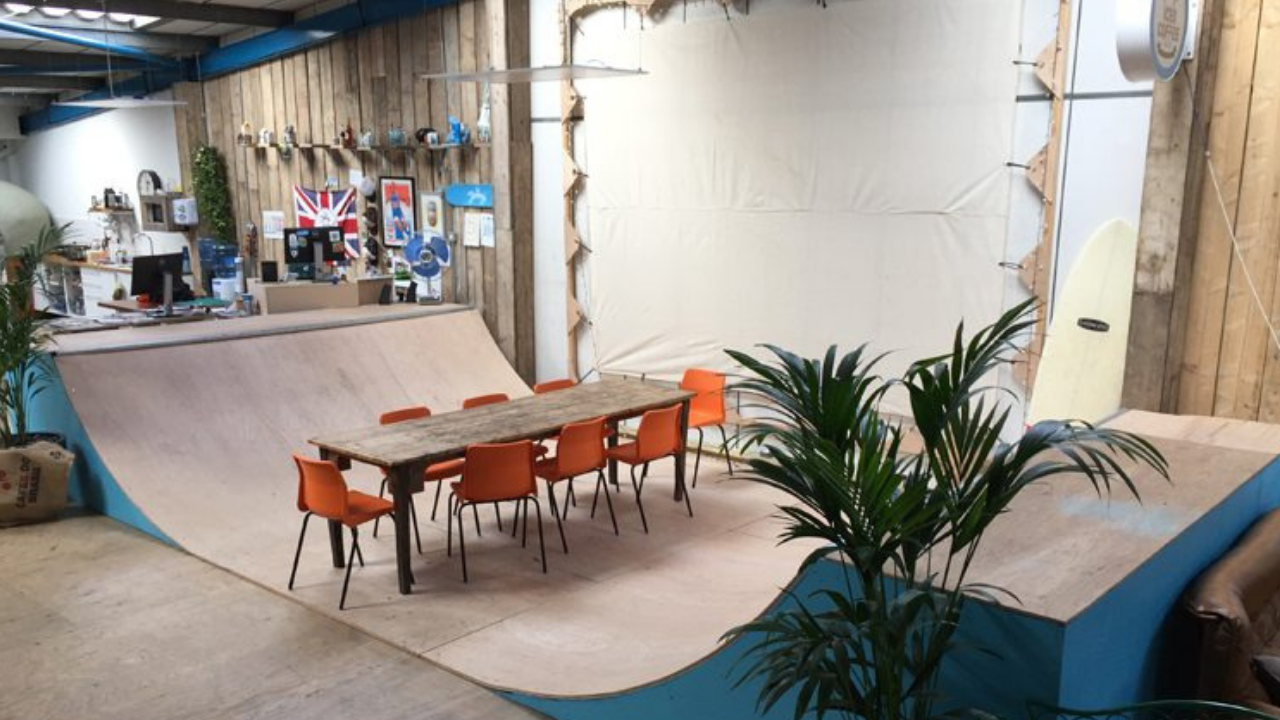Workspaces have pivoted away from the days of cubicles and bland color schemes and have started incorporating designs that encourage productivity and creativity. So how can businesses use specific designs to cater to employees of various generations, while keeping costs low?
First, avoid making assumptions about certain generations. Although it is clear that Millennials and Gen Z value work-life balance, about 94% of baby boomers also want a flexible work schedule to help improve this balance.
Realizing that one model of office does is not for everyone is also key. Creating a productive workplace starts with an office design that promotes both collaboration and individual work.
For example, outfitting an office with meeting areas and secluded offices can help accommodate all work styles.
Having breakout spaces can also create a way for employees to socialize away from the hustle of the main work areas. Adding comfortable furniture can help transform a space into an area for staff to unwind or take a break from work.
Another way to boost productivity through design is to simply change the color scheme of the office. Adding vibrant colors to the space through art or furniture can round out a creative atmosphere.


 Dr. Gleb Tsipursky – The Office Whisperer
Dr. Gleb Tsipursky – The Office Whisperer Nirit Cohen – WorkFutures
Nirit Cohen – WorkFutures Angela Howard – Culture Expert
Angela Howard – Culture Expert Drew Jones – Design & Innovation
Drew Jones – Design & Innovation Jonathan Price – CRE & Flex Expert
Jonathan Price – CRE & Flex Expert











